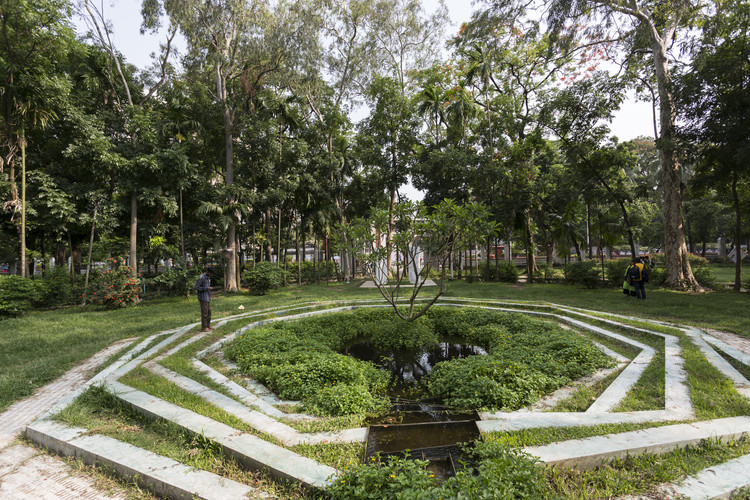
-
Architects: STHANIK Consultants
- Area: 81250 ft²
- Year: 2017
-
Photographs:Noufel Sharif Sojol, Saiqa Iqbal Meghna, Mohammad Shamim
-
Manufacturers: AutoDesk, Mirpur Ceramic, Rhino
-
Lead Architects: Saiqa Iqbal Meghna, Suvro Sovon Chowdhury

Text description provided by the architects. The premise of Faculty of Arts at Dhaka University is regarded as a center of historic and cultural significance which contains the most substantial monuments representing the Liberation War of Bangladesh, a landmark sculpture named Aparajeyo Bangla (meaning Unvanquished Bengal) and historic Bot-tola (a large Banyan Tree). The university authority wanted to address some issues by creating designated spaces for users through landscaped design interventions for the site. The premise was divided into;





.jpg?1617799520)




.jpg?1617799520)









.jpg?1617798667)








.jpg?1617798533)



